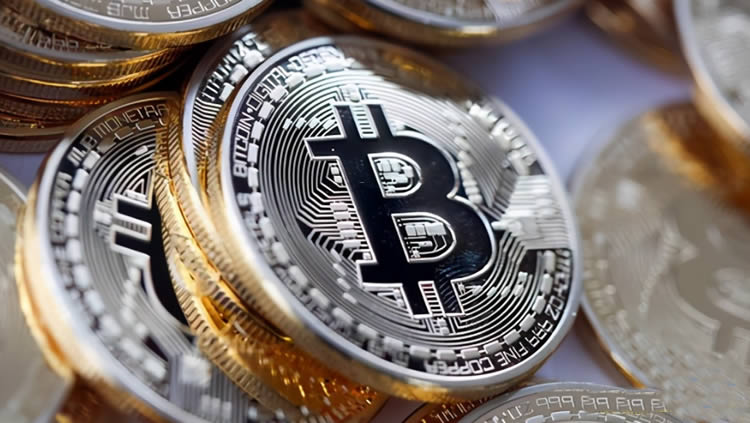Earlier, I once wrote an article introducing the involution of the Ethereum second layer expansion track:
From the beginning, each project side competed based on technological advancement and user experience, to later Blast Rapidly entering the market through marketing means, even without substantial products, surpassing the TVL of established projects in a short period of time.

#Blast's entry into the game put tremendous pressure on all project teams on this track.
The founder of the Blast project is the founder of the Blur project, which brings a certain prestige and influence to Blast. At the same time, Blast’s entry has also inspired other projects, and they have begun to learn from Ethereum’s second-layer expansion technology to extend their lives. In this way, Blast not only seizes the limelight of old projects, but also injects new vitality into the entire industry.
Boring Ape community users initiated a vote, hoping to build a second-layer extension to Ethereum and increase its popularity.
In the gameplay of Blast, users do not need to actually consume Gas fees. They only need to mortgage Ethereum to obtain mortgage income and token airdrops.
I originally thought that this approach was the ultimate, but the emergence of ZKFair has once again refreshed the three views. It absorbs all the above advantages and achieves it more thoroughly.
On the one hand, the project attracts users of other projects within the same ecosystem by airdropping to users who have used other ZK-Rollup projects before. On the other hand, users are encouraged to cross-chain USDC to obtain airdrops to attract new users from off-site.
This is more thorough than Blast in attracting users.
In addition, it heavily promotes its use of Polygon and Celestia to build second-tier extensions. This kind of publicity method directly attracted Polygon and Celestia to promote and support the project.
Blast did not do this.
Under the operation of ZKFair, this project received more than 100 million US dollars in TVL in just two days. This achievement is equivalent to the result of two years of hard work by Starknet.
In a very short period of time, such a result was achieved, but the project itself has neither its own original technology nor glamorous venture capital, let alone a strong team background like Blast.
This is another complete victory of marketing strategy.
No matter what the real purpose of ZKFair is and what the final product is, its marketing illustrates at least two aspects:
First, it mobilizes the broadest community as much as possible and encourages the community to participate in the broadest possible way. Participating in the project can bring a strong boost to the launch of the project. To some extent, this boost even exceeds the boost that venture capital and so-called background can bring.
Second, it is once again proven that airdrop is by far the most powerful and efficient incentive method and method to attract early users.
This time ZKFair’s airdrop returns to some extent the airdrop method pioneered by Uniswap: anyone who participates will be rewarded.
Although Uniswap pioneered the "generous airdrop" method, this method is rarely used by other project parties later because the cost is a bit high.
But ZKFair simply uses this method to encourage users to engage in fair involution and "witch attacks" together.
The success of this airdrop method will have a profound impact on the entire ecosystem. It sets an example for all late entrants:
When a new project has no background, no capital, When you don’t have the technology, you might as well learn ZKFair to start a project.
After Blast came out, I thought in the article: Those projects that once said they would not issue coins may not be able to survive and have to change their policies.
And now there is more powerful marketing like ZKFair to attract popularity and funds.
What's more, there are a lot of second-tier expansion projects on the schedule that will clearly issue coins.
Recently, even Base, which has always said it will not issue coins, has weakened. How long can those projects that continue to claim “not issue coins” survive?
Next, we will see the Cancun upgrade of Ethereum.
After this upgrade, the cost of the second-tier extension will be further reduced, which in turn will further reduce the threshold and cost for users to use the second-tier extension.
Perhaps the Cancun upgrade is truly the beginning of the expansion of the second layer of Ethereum.
The above is the detailed content of The long-term impact of the ZKFair airdrop on the ecosystem. For more information, please follow other related articles on the PHP Chinese website!




